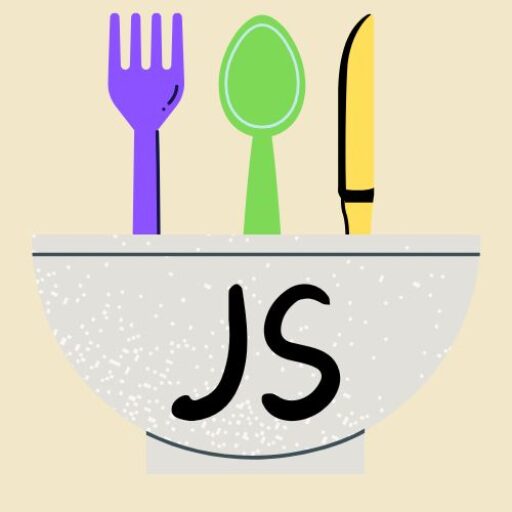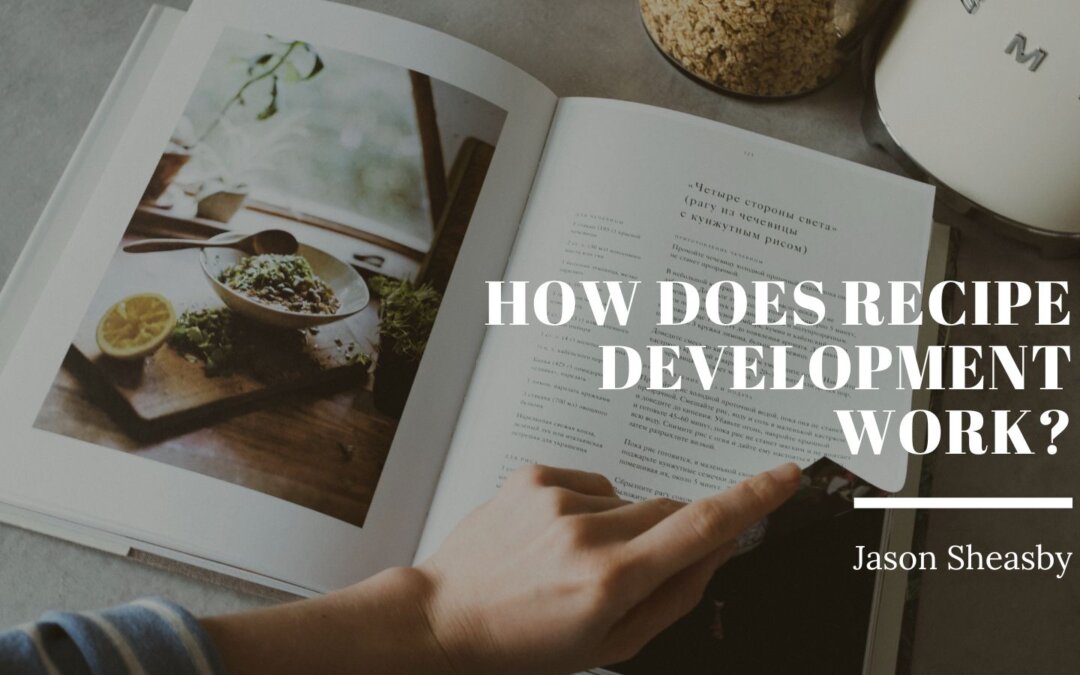The art and science of recipe development is a fascinating process that combines creativity with culinary expertise. It’s a journey that takes a simple idea and transforms it into a set of instructions that can recreate a dish consistently with the same taste, texture, and appeal. This process is fundamental to the culinary world, shaping the menus of restaurants, the content of cookbooks, and the offerings of food-related media. At its core, recipe development is a systematic endeavor, requiring an understanding of ingredients, a keen sense of flavor, and an appreciation of the audience’s palate. It’s both a skill and a passion, combining various elements to create something new and exciting. For chefs, food bloggers, and home cooks alike, recipe development is a creative outlet that demands both precision and flexibility.
The origins of recipe development can be traced back to when humans began recording their culinary practices. Historically, recipes were passed down orally, with precise techniques and ingredient quantities often left to personal interpretation. The advent of written recipes brought a semblance of uniformity. Yet, it wasn’t until the proliferation of cookbooks and culinary education that the process began to resemble what we see today. In modern times, recipe development is an intricate part of the food industry, underpinning the success of food service operations and food product manufacturing.
Recipe developers come from a range of backgrounds; they are chefs, dietitians, home cooks, and food scientists. Their goal is to create recipes that are not only delicious and practical but also scalable and replicable. In professional settings, recipes must withstand the test of multiple iterations and be adaptable to different kitchens and skill levels. They must meet the nutritional, budgetary, and sensory preferences of a target demographic. In commercial food production, recipe development also includes considerations for shelf life, packaging, and mass production, making the process complex and multifaceted.
Ideation and Conceptualization
The first step in recipe development is the ideation and conceptualization phase. This is where inspiration meets intention. A recipe developer may draw inspiration from various sources: seasonal ingredients, traditional dishes, current food trends, or even a specific dietary need. The conceptualization involves defining the dish’s characteristics: Sweet or savory? Is it meant for a quick weekday dinner or a festive occasion? Who is the target audience? These questions set the parameters for the recipe.
The conceptualization phase also demands a consideration of practical elements. For example, a recipe for a family-friendly meal may prioritize convenience and familiarity, whereas one designed for a gourmet dining experience may focus on innovation and complexity. This is the stage where a developer must balance their creative vision with functionality, ensuring the idea is viable within the intended context. It requires a deep understanding of cooking techniques, flavor profiles, and food science principles to anticipate how various components interact. The output of this phase is a clear, well-defined concept that guides the subsequent stages of the recipe development process.
Experimentation and Testing
Following conceptualization, recipe developers engage in experimentation and testing. This hands-on phase involves translating the recipe concept into an actual dish. Developers start by selecting quality ingredients and refining measurements. Each element is considered for its contribution to the overall dish in terms of flavor, texture, and color.
Experimentation is iterative; a recipe might undergo numerous adjustments before it meets the desired outcome. The developer adjusts proportions, cooking times, and methods, often preparing a dish multiple times to ensure consistency. Taste testing is crucial, and feedback is often sought from others to refine the dish to appeal to a broader palate.
Professional kitchens may use a standardized recipe development form to document variations, including any changes and their reasons. Precise notation ensures that each iteration can be replicated and traced back, which is vital for achieving a final recipe that is both reproducible and reliable. Testing also involves considering the recipe’s scalability determining if the dish can be made in larger quantities without sacrificing quality, which is especially important in restaurant settings or when preparing for publication.
Nutritional Analysis and Finalization
Once a recipe has been tested and the flavor, texture, and appearance meet the developer’s expectations, nutritional analysis and finalization of the recipe occur. Nutritional analysis is particularly important for recipes intended for health-conscious audiences or those with dietary restrictions. It involves calculating the nutritional content—calories, macronutrients, vitamins, and minerals—of the dish. This step is crucial in informing consumers and can influence further adjustments to the recipe to meet specific dietary targets or standards.
Finalization requires a meticulous eye. The recipe is documented in its final form, with exact measurements, detailed instructions, and any variations or substitutions. At this stage, the language used is crucial; it must be clear, concise, and accessible to the intended audience. The finalized recipe is often accompanied by high-quality photography or illustrations that represent the finished dish, which is essential for cookbooks, blogs, or online content.
Furthermore, the finalized recipe may undergo a verification process where an independent party tests the recipe to ensure it can be replicated with the instructions provided. Once verified, the recipe is ready for publication or use within a professional setting, marking the end of the development process.
The recipe development process is a meticulous journey from the kernel of an idea to a fully realized culinary creation. Each step, from conceptualization to finalization, is laden with creativity, scientific understanding, and a deep commitment to the culinary craft. It is a pursuit that requires patience, precision, and a passion for food that translates across cuisines and cultures.
For chefs and home cooks alike, the developed recipe becomes more than just a set of instructions; it embodies a story, a tradition, or an innovation, ready to be shared and experienced. As food culture continues to evolve and dietary preferences become increasingly diverse, the role of the recipe developer becomes ever more significant.
This journey through the stages of recipe development offers a glimpse into the complexity and beauty of creating food that delights and nourishes. The meticulousness of the process ensures that a recipe can bring consistent pleasure and satisfaction to all who experience it, whether they’re novices or seasoned chefs. The next time we follow a recipe, let us appreciate the labor of love and expertise that has gone into its creation, culminating in the flavors and textures we enjoy on our plates.

